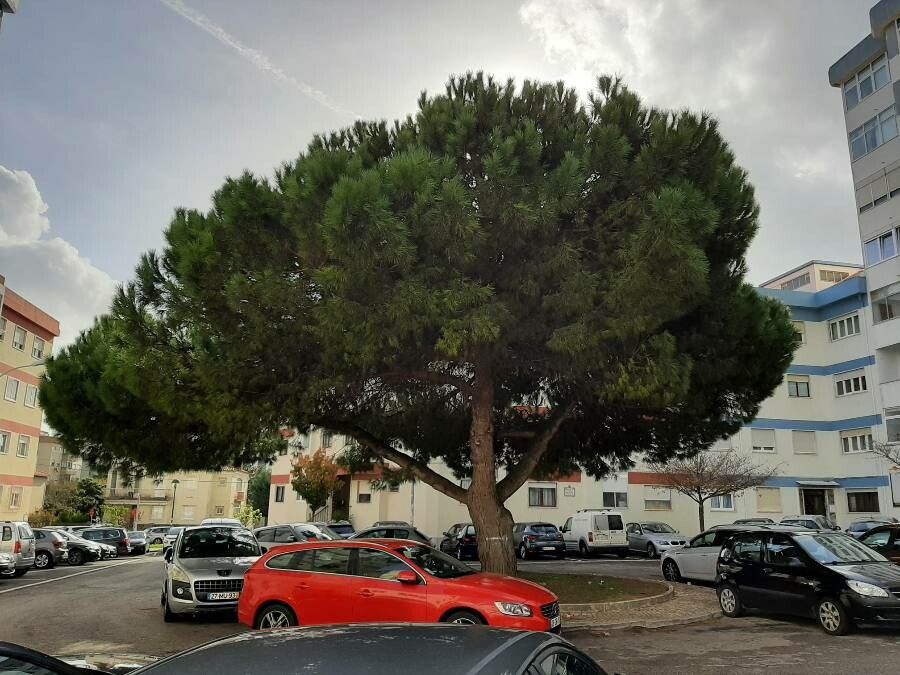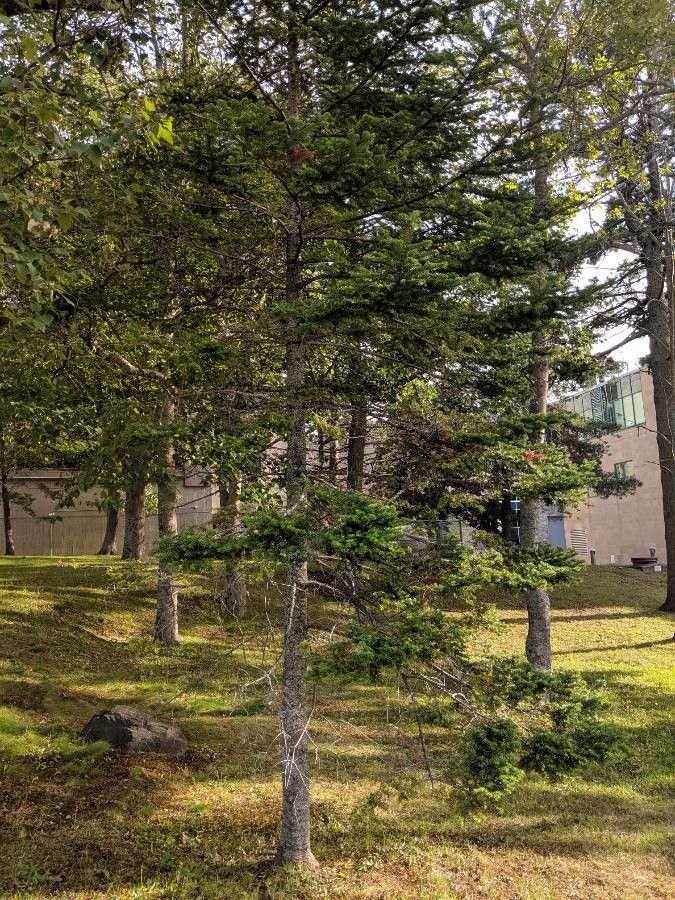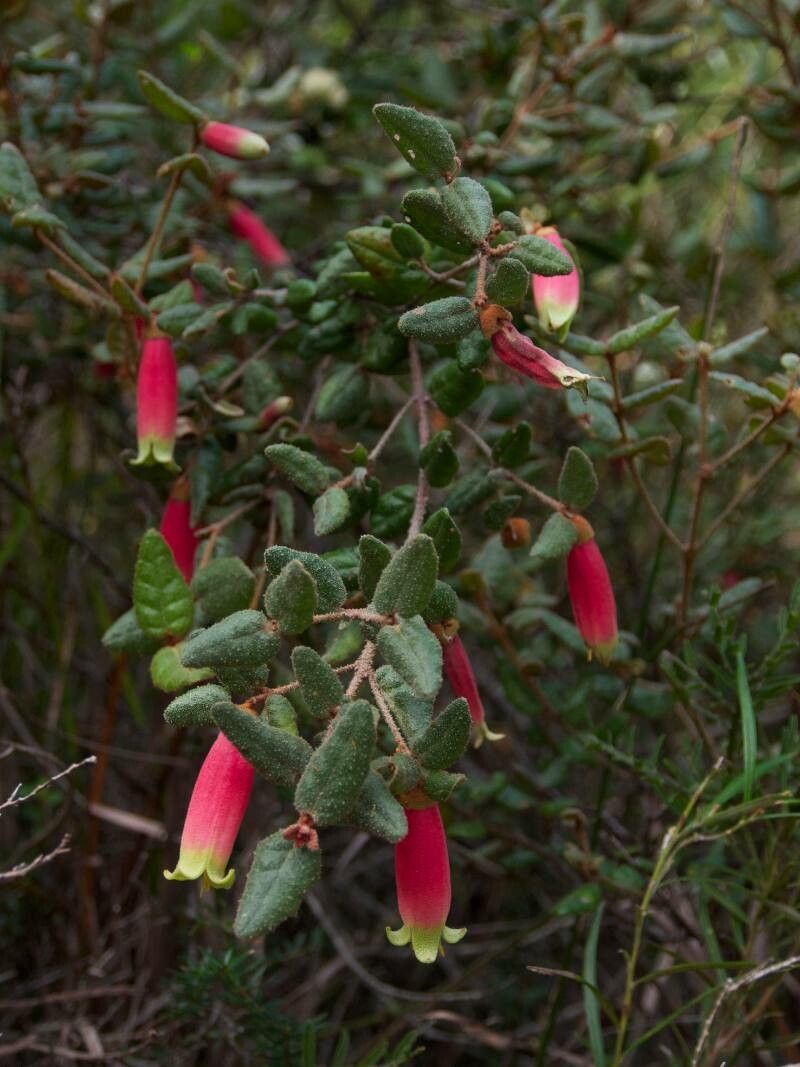### Pleurisy-root: A Deep Dive into *Asclepias tuberosa*
While commonly known as Pleurisy-root, this striking plant is scientifically classified as *Asclepias tuberosa*, and belongs to the Apocynaceae family, also known as the dogbane family. It's a captivating herbaceous perennial, renowned not only for its vibrant orange-yellow blooms but also for its rich history of traditional medicinal uses. Note that while it has been traditionally used for respiratory ailments, scientific evidence supporting these uses is limited and further research is needed. Always consult a healthcare professional before using Pleurisy-root for medicinal purposes.
### Habitat and Growth
Pleurisy-root thrives in full sun to partial shade conditions. It prefers well-drained, sandy or gravelly soil that is slightly acidic to neutral (pH 6.0-7.5). These conditions mimic its native habitat, which typically includes open fields, meadows, and roadsides, often in dry, sunny locations. In the garden, avoid heavy, clay soils that retain too much moisture, as this can lead to root rot. It's surprisingly drought-tolerant once established, a trait that makes it a low-maintenance option for xeriscaping or water-wise gardens.
### Propagation and Planting
Propagation is typically done through seeds or root division. Seeds should be sown directly outdoors in spring after the last frost, pressing them lightly into the soil as they require light to germinate. Root division is best performed in early spring or late fall. Dig up a mature plant, carefully separate the roots, and replant the divisions in well-prepared soil, spacing them approximately 1-2 feet apart. Water thoroughly after planting.
### Care and Maintenance
Pleurisy-root is relatively low-maintenance. Once established, it requires minimal watering, especially in well-drained soil. Deadheading (removing spent blooms) will encourage continued flowering and prevent self-seeding. While generally pest and disease resistant, watch out for aphids and spider mites; a strong water spray can usually dislodge them. In colder climates, the above-ground parts will die back in winter; new growth will emerge in spring from the roots.
### Traditional Uses and Cautions
Historically, Pleurisy-root has been used in traditional medicine, primarily for respiratory ailments such as pleurisy and bronchitis. It’s believed to possess expectorant and anti-inflammatory properties, which may help soothe irritated lung tissues. However, scientific evidence supporting these uses requires further investigation. Always consult a healthcare professional before using Pleurisy-root for any medicinal purpose, especially if you are pregnant, breastfeeding, or taking other medications. Incorrect usage can lead to adverse effects.
### Pleurisy-root in the Garden
Beyond its potential medicinal applications, Pleurisy-root's striking appearance makes it a beautiful addition to any garden. Its vibrant orange-yellow flower clusters attract butterflies and pollinators, contributing to a thriving ecosystem. Its compact form and drought tolerance make it suitable for rock gardens, wildflower meadows, and even containers. Its unique visual appeal and potential benefits make it a fascinating plant for any gardener intrigued by its history and botanical interest.
Pleurisy-root: Growing Guide & Care Tips

Frequently Asked Questions
How to grow Pleurisy-root successfully?
Plant seeds directly outdoors in spring after the last frost in well-drained, slightly acidic to neutral soil. Ensure full sun or partial shade, and water thoroughly after planting. Once established, it's drought-tolerant.
What are the benefits of Pleurisy-root?
Traditionally used for respiratory ailments like pleurisy and bronchitis, its potential benefits include expectorant and anti-inflammatory properties. However, scientific evidence is limited, and consulting a healthcare professional before use is crucial.


